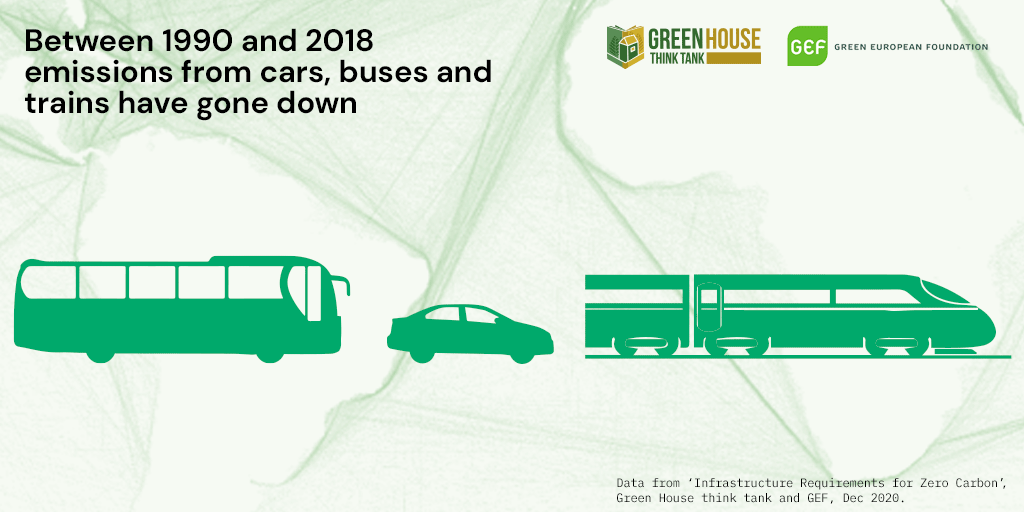
Infrastructure Requirements for Zero Carbon
This report focuses on the freight transportation, aviation and steel sectors, which, combined with cement and plastic production. To ensure Sufficient Action is being taken, our society must target the rates of change required for a rapid transition to zero carbon.
This report focuses on the freight transportation, aviation and steel sectors, which, combined with cement and plastic production. To ensure Sufficient Action is being taken, our society must target the rates of change required for a rapid transition to zero carbon. The speed and carbon budgets for this transition must take a precautionary approach and be globally equitable. For sufficient action to be achieved, Government Sets Direction is critical to ensure our economies stop Choosing the Wrong Scale. Governments at all levels, must Manage Demand to ensure the infrastructure transition is viable and avoid dangerous False Horizons.
This report explores how incompatible our society’s current and planned infrastructure is with the rapid decarbonisation of the UK economy needed to deliver on the climate emergency. It focuses on three key sectors: freight transport, aviation and steel, and considers what changes are required to bring these into line with zero carbon goals, using the ‘blockers and enablers’ toolkit introduced in Green House’s August 2020 report, Trade and Investment Requirements for Zero Carbon.
Jonathan Essex, one of the report’s authors, said:
"Much of our existing industrial infrastructure, such as fossil fuel power stations and steel blast furnaces, is incompatible with zero carbon. Similarly, planned new transport infrastructure is still taking our economy in the wrong direction. The climate emergency means we must make different infrastructure choices. We need to manage down demand for energy and materials, and install renewable energy infrastructure faster. And we must reverse out investment in expanding road networks, ports and airports and make better use of what we already have. A climate-proof infrastructure investment strategy will be one that drives a change to smaller, circular economies that fit within environmental limits.
The government’s new National Infrastructure Strategy must be audited by the UK Committee on Climate Change and climate scientists against clear targets on its sufficiency to deliver on our rising climate commitments".

This work forms part of a wider project led by the Green European Foundation exploring what a ‘climate emergency economy’ would look like through a rethinking of trade, industry and infrastructure investment. The project involves Greenhouse Think Tank in the UK alongside Groenlinks in the Netherlands and Green Foundation Ireland.
Project overview Video



